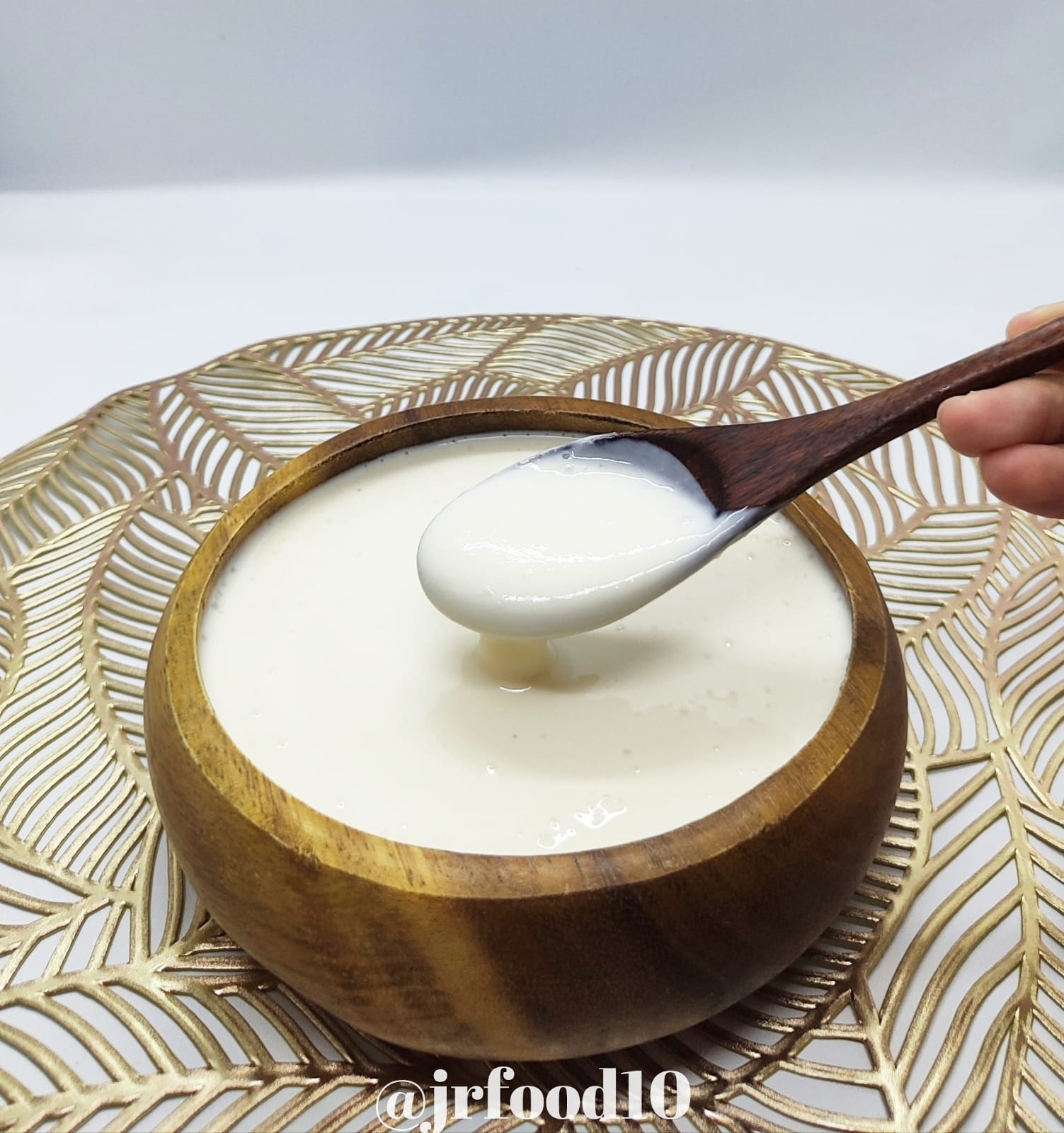How to Make Yogurt with Vitamins

Hey, JRFoodies! Ever wondered how to turn a humble jug of milk into a creamy concoction of deliciousness? Well, you’re in for a treat because today, we’re diving into the world of homemade yogurt – and trust me, it’s a journey worth taking. So, grab your apron, crank up your favorite tunes, and let’s embark on a yogurt-making adventure that’s as easy as it is tasty!
Making yogurt at home might sound like a task for the culinary elite, but fear not! We’re about to demystify the process and show you how to make yogurt that’s not just good but downright fantastic. Whether you’re a kitchen newbie or a seasoned pro, this step-by-step guide will have you swirling spoons in no time. So, let’s get the yogurt party started with a big ol’ scoop of fun!
Dive into the world of recipes to uncover ones that suit your palate:
How to Make Yogurt with Vitamins
Craft velvety goodness at home using full cream milk and probiotic capsules. Whether you opt for the convenience of a yogurt maker or embrace the rebel-with-a-cause method, our step-by-step guide ensures a creamy, nutrient-packed treat.

Ingredients
Instructions
With Yogurt Maker
Begin by setting up your yogurt maker. Ensure it's clean and ready for use.
Pour a small amount of milk into the yogurt maker. Open the three probiotic capsules and mix the contents thoroughly with the milk.
Switch on the yogurt maker and allow the mixture to ferment. The recommended time is overnight or up to 24 hours, depending on your desired thickness and tanginess.
Once the yogurt is set, transfer it to a container and seal it tightly. Allow it to firm up further by refrigerating for a few hours.
Without Yogurt Maker
Bring the full cream milk to a boil. Once boiled, turn off the heat and let it cool until it's warm to the touch.
Check the temperature by touching the milk – it should be warm but not uncomfortably hot. Add the contents of the probiotic capsules and mix thoroughly.
Transfer the milk and probiotic mixture into a container with a secure lid.
Leave the container at room temperature for an extended period—typically overnight or up to 24 hours—to facilitate the fermentation process.
After fermentation, refrigerate the yogurt for a few hours to solidify and enhance its texture.
Servings 3
- Amount Per Serving
- Calories 167kcal
- % Daily Value *
- Total Fat 6.8g11%
- Saturated Fat 4.1g21%
- Cholesterol 27mg9%
- Sodium 157mg7%
- Potassium 191mg6%
- Total Carbohydrate 16.4g6%
- Sugars 15g
- Protein 10.9g22%
- Calcium 396 mg
- Vitamin D 2 IU
* The % Daily Value (DV) tells you how much a nutrient in a food serving contributes to a daily diet. 2,000 calorie a day is used for general nutrition advice.
Note
- Keep your utensils, containers, and yogurt maker (if using) thoroughly clean. Sterility is crucial to prevent the growth of unwanted bacteria that could spoil your yogurt.
- While it might be tempting to check on your yogurt early, allow the fermentation process to complete as per the recommended time. This ensures the development of the desired texture and flavor.
- For a thicker consistency reminiscent of Greek yogurt, strain your finished product through cheesecloth or a fine-mesh strainer to remove excess whey.
Frequently Asked Questions
Full cream milk is recommended for making yogurt, as it contributes to a creamier texture. However, you can experiment with lower-fat options if desired.
Yes, you can use plant-based milk like almond, soy, or coconut milk. However, the process may vary, and additional thickeners may be needed.
Choose probiotic capsules with live and active cultures. Look for strains such as Lactobacillus bulgaricus and Streptococcus thermophilus, commonly found in yogurt.
It's recommended to add sweeteners after the fermentation process is complete. Sweetening during fermentation can interfere with the bacterial cultures.
If your yogurt turns out too runny, it might be due to under-fermentation. Increase the fermentation time or consider straining the yogurt to remove excess whey.
Yes, you can experiment with fermentation times to achieve the desired taste and texture. Longer fermentation usually results in a tangier yogurt.
Yes, refrigerate the yogurt for a few hours after fermentation. This helps it set and enhances the texture.
Homemade yogurt can typically be stored in the refrigerator for up to two weeks. However, always check for signs of spoilage, such as an off smell or unusual texture.












